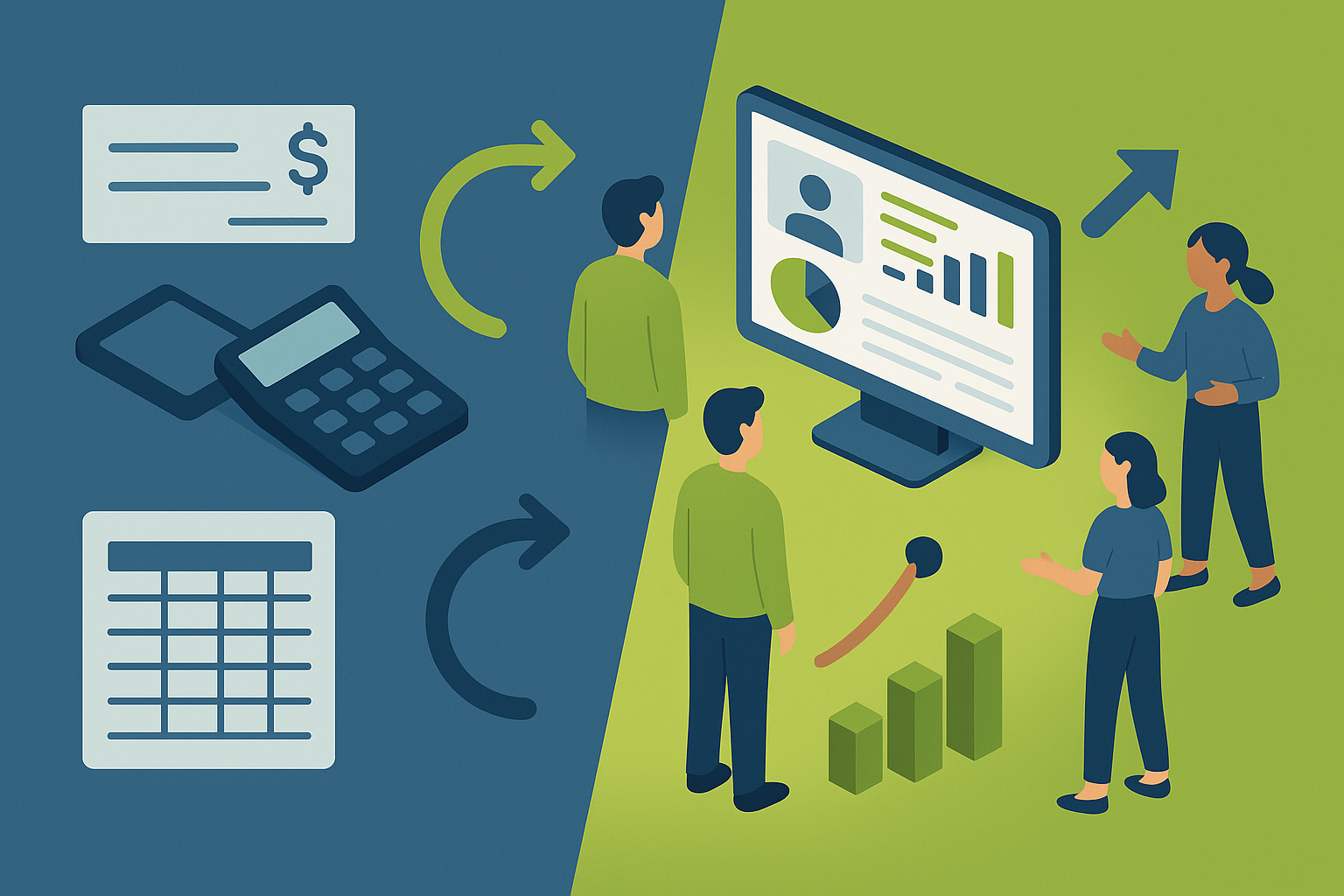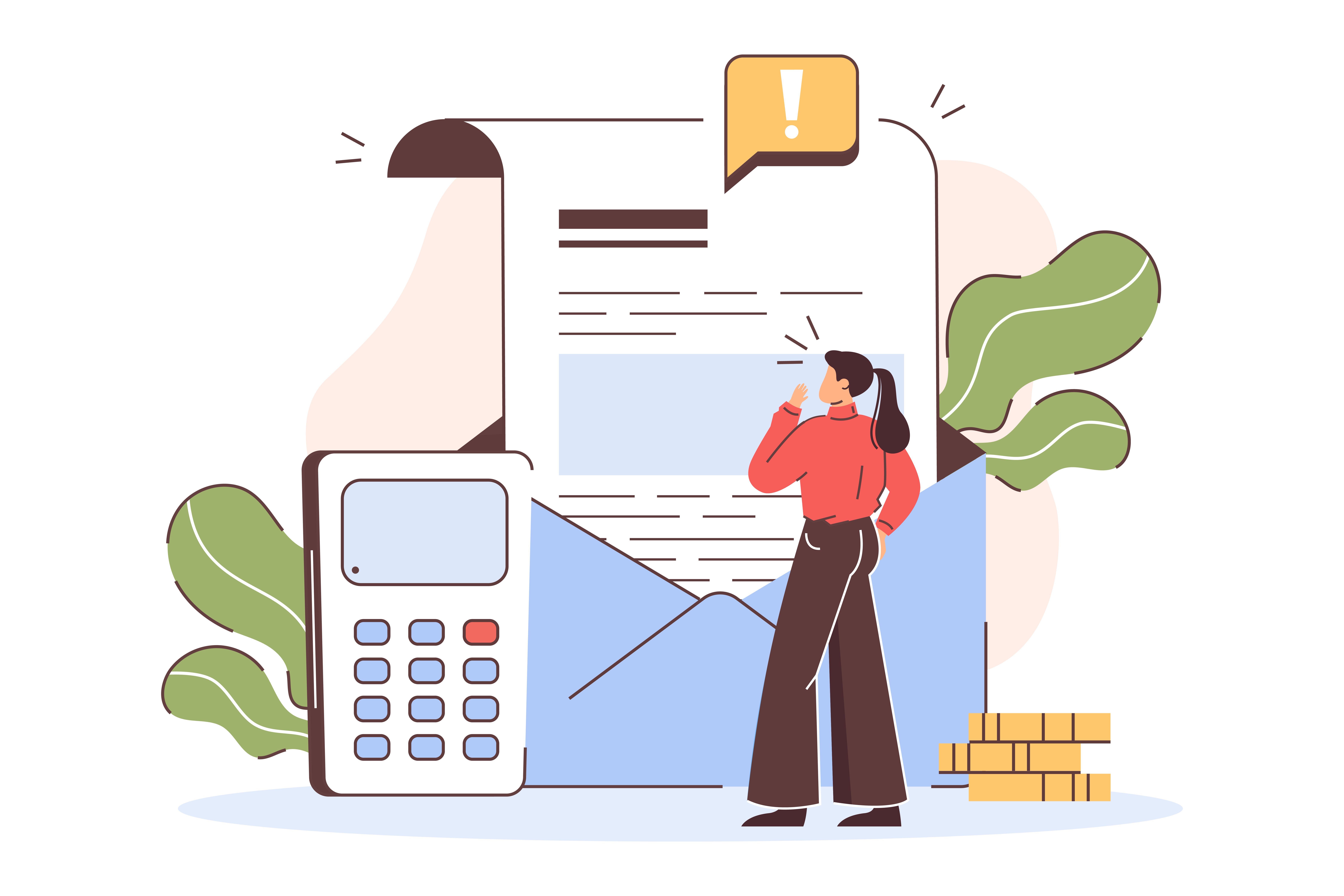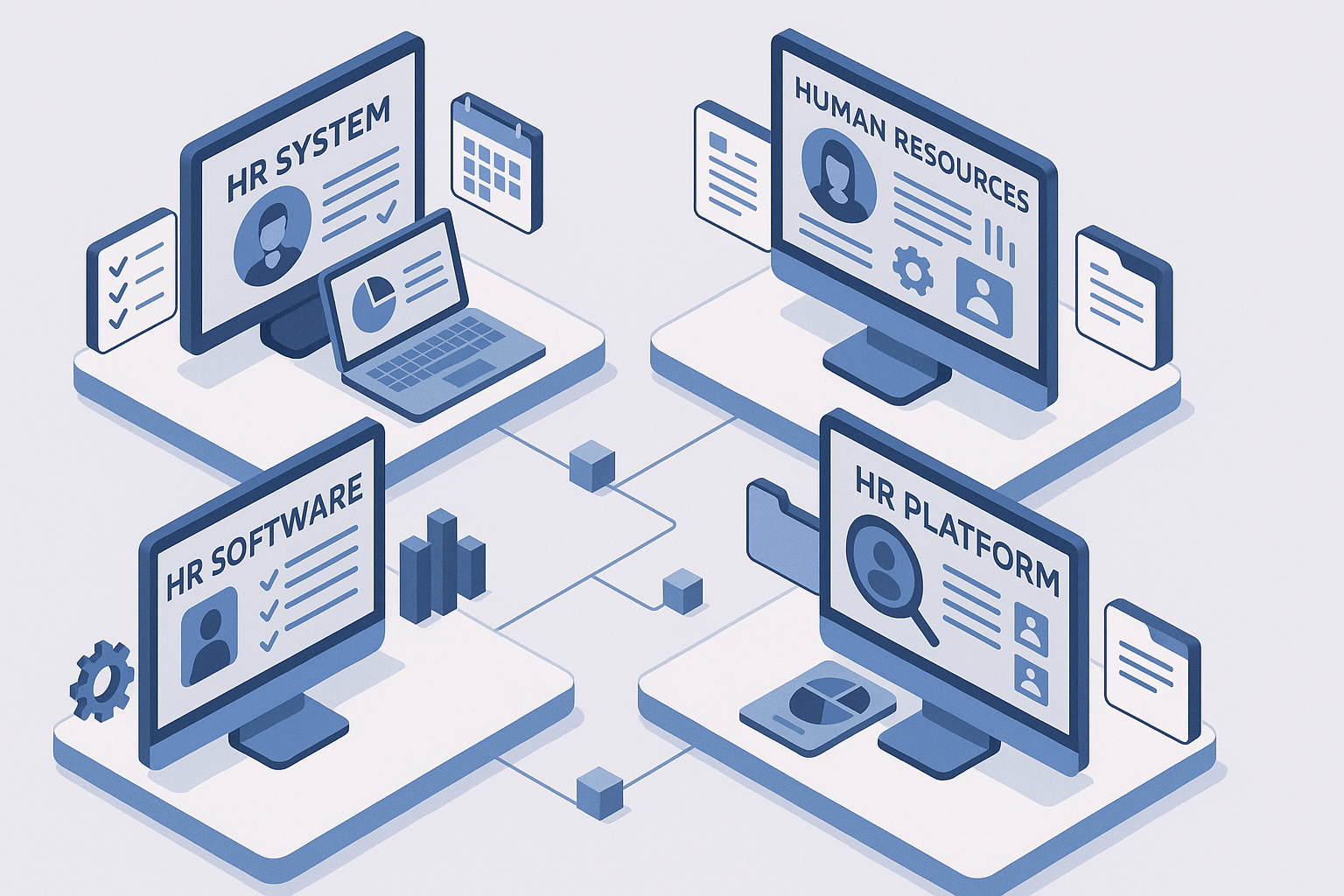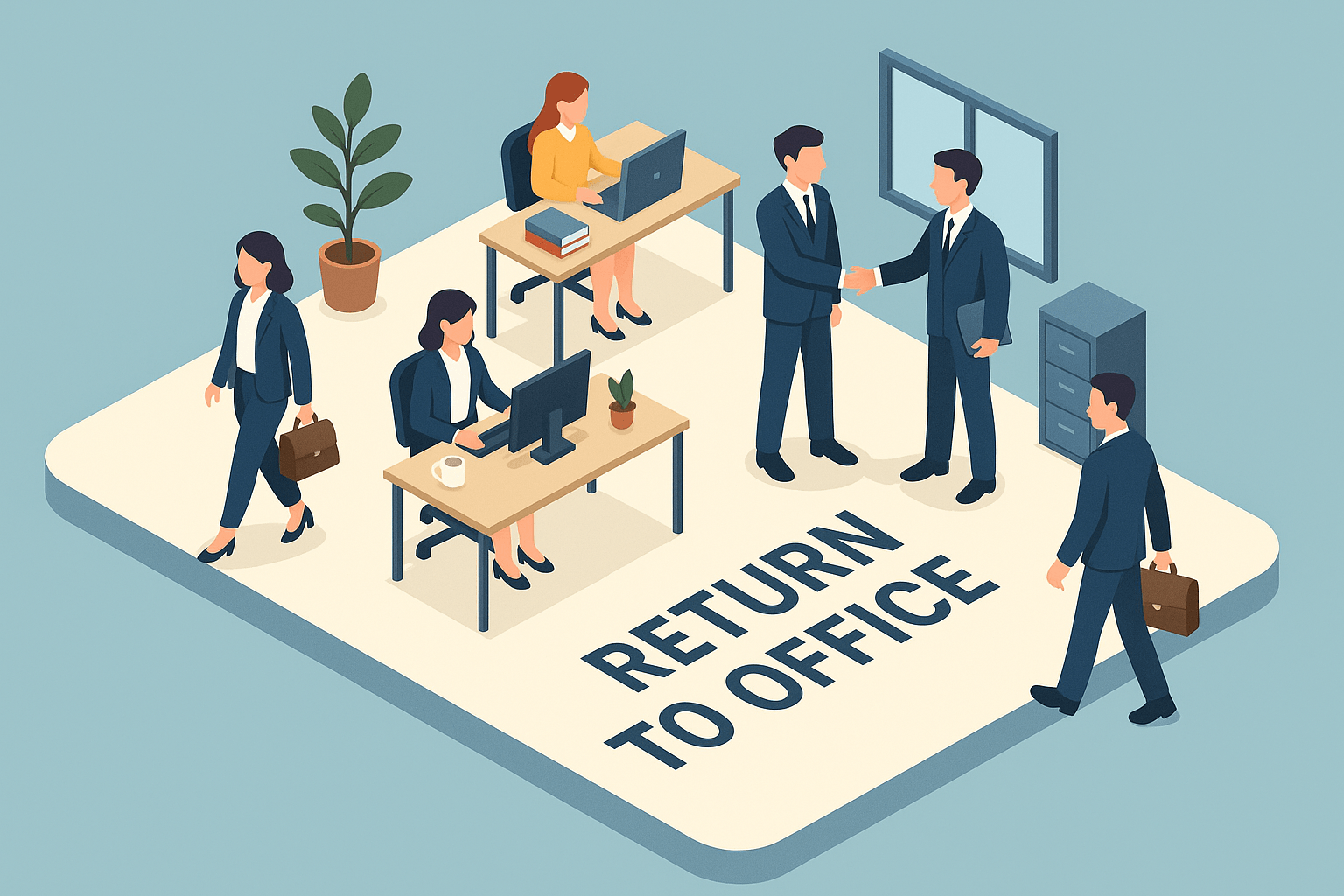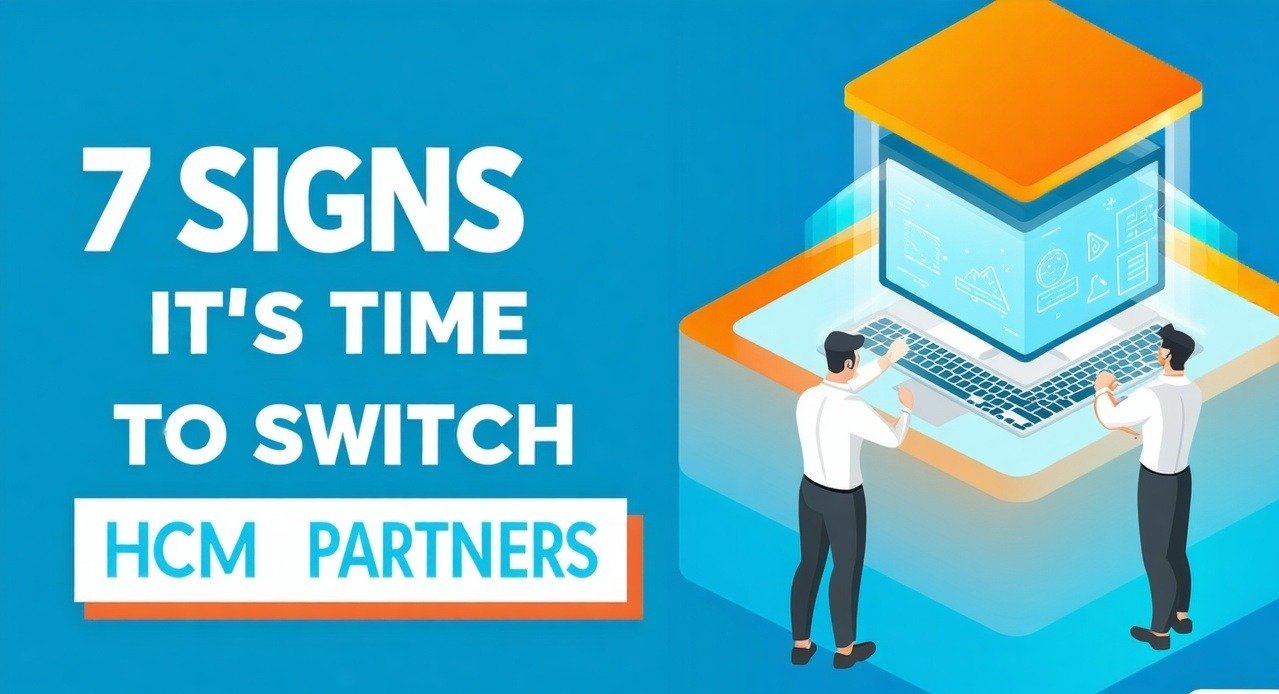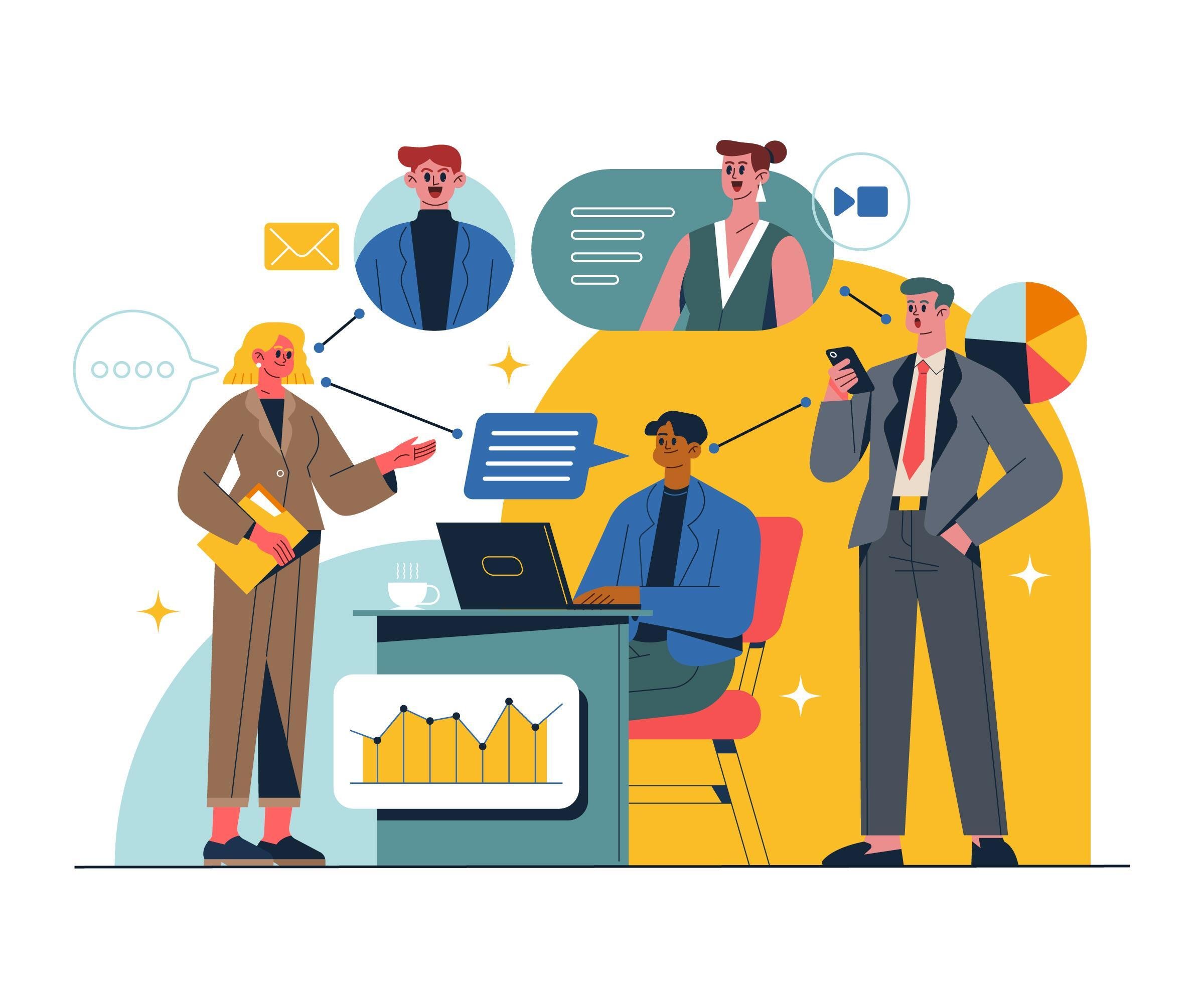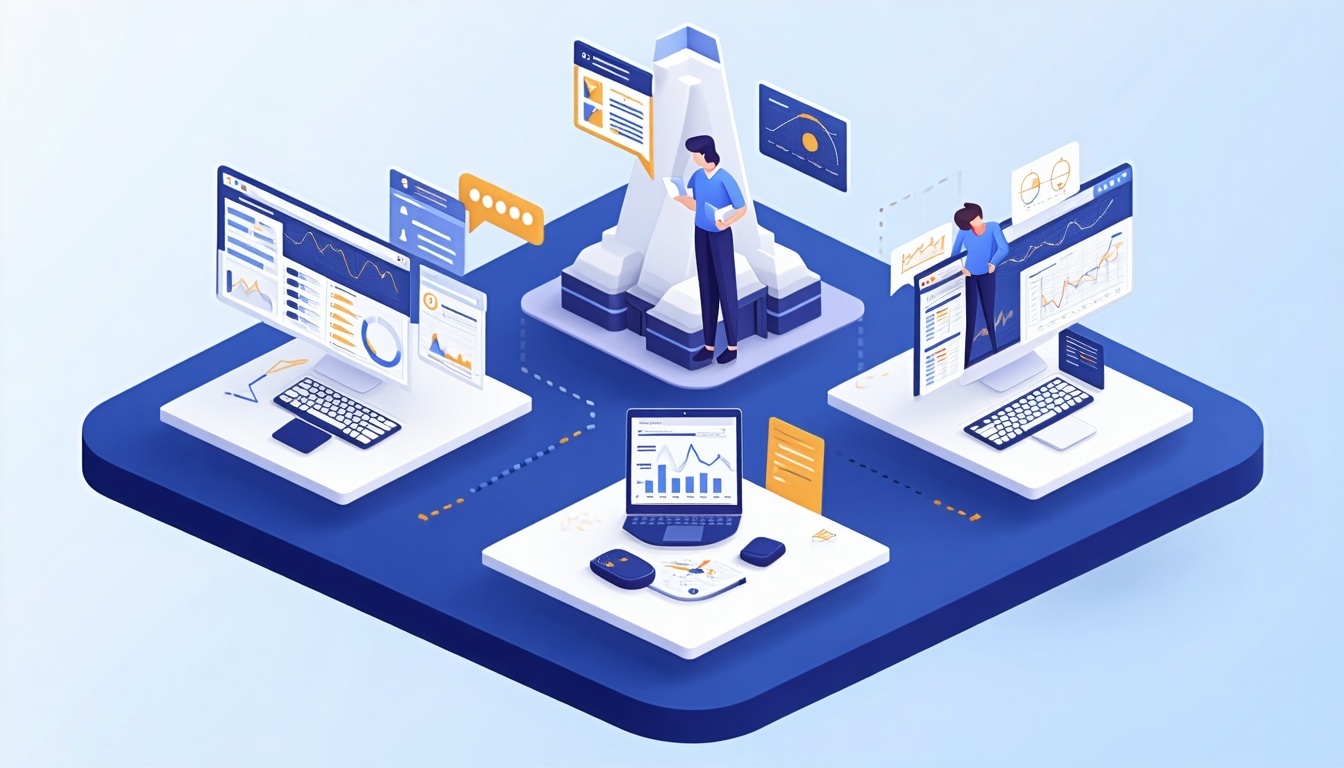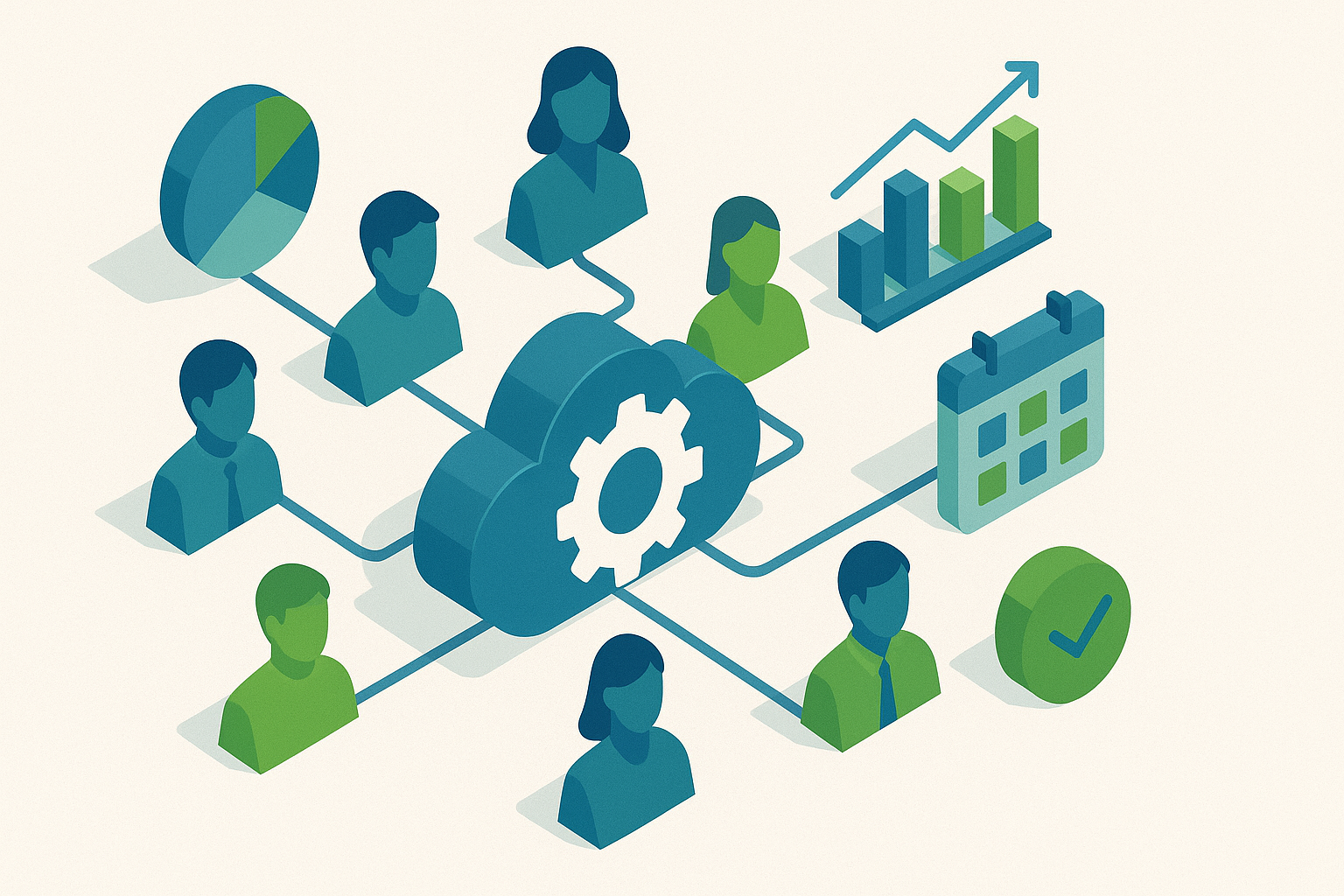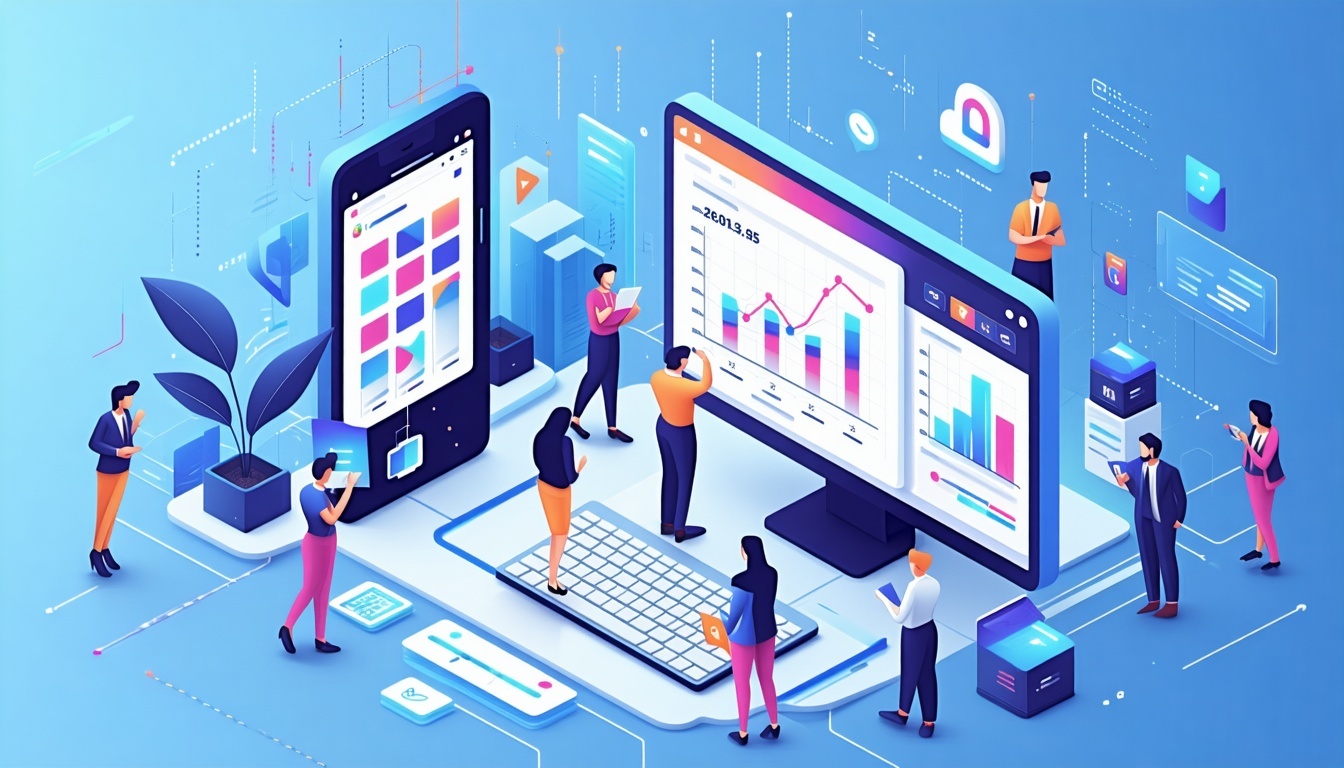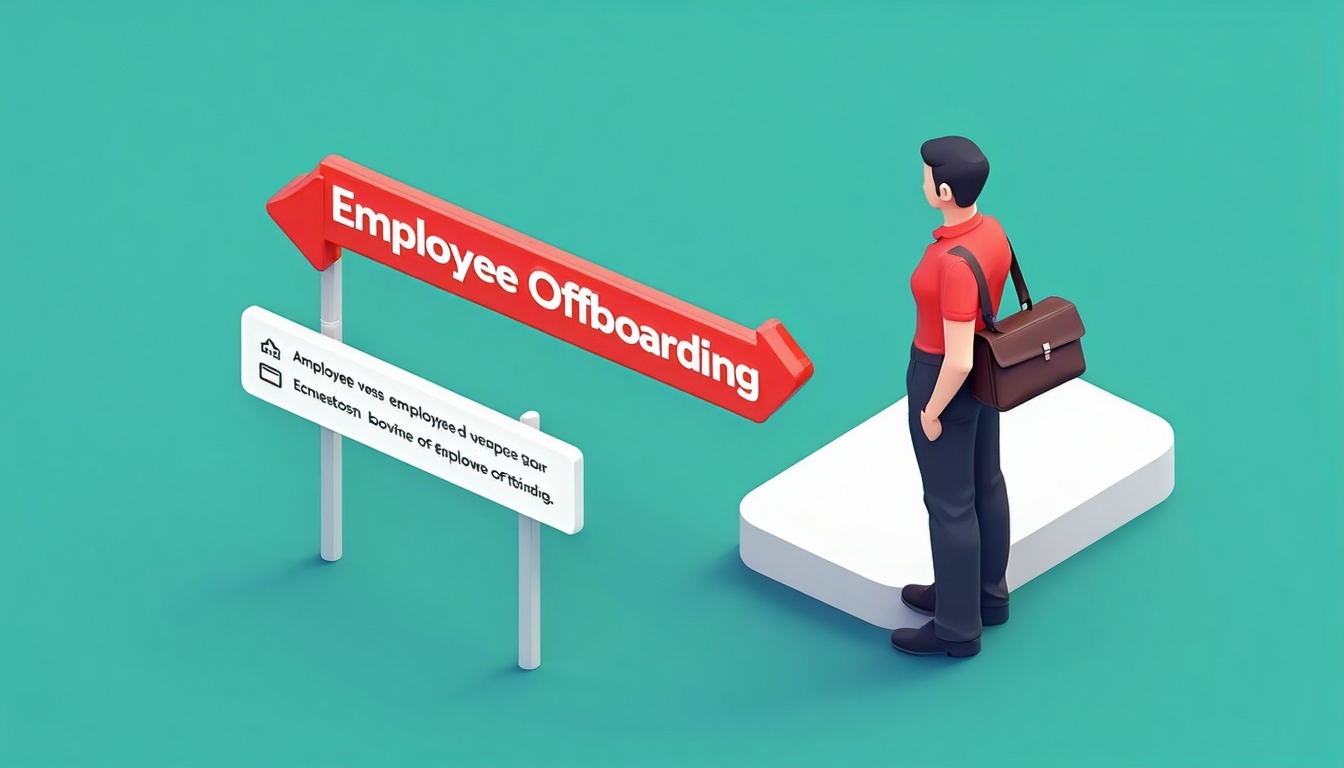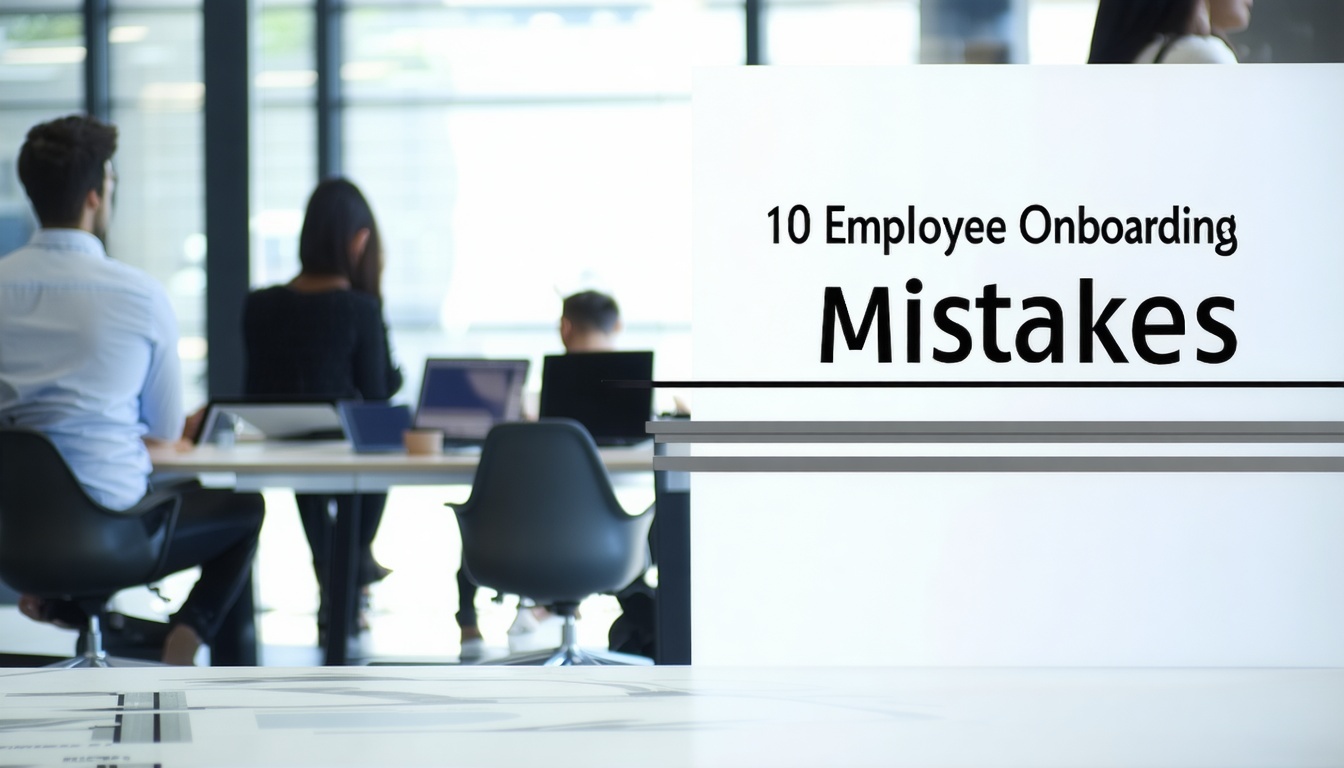How to Choose the Right Human Capital Management (HCM) Solution for Your Business
June 5th, 2025
7 min read
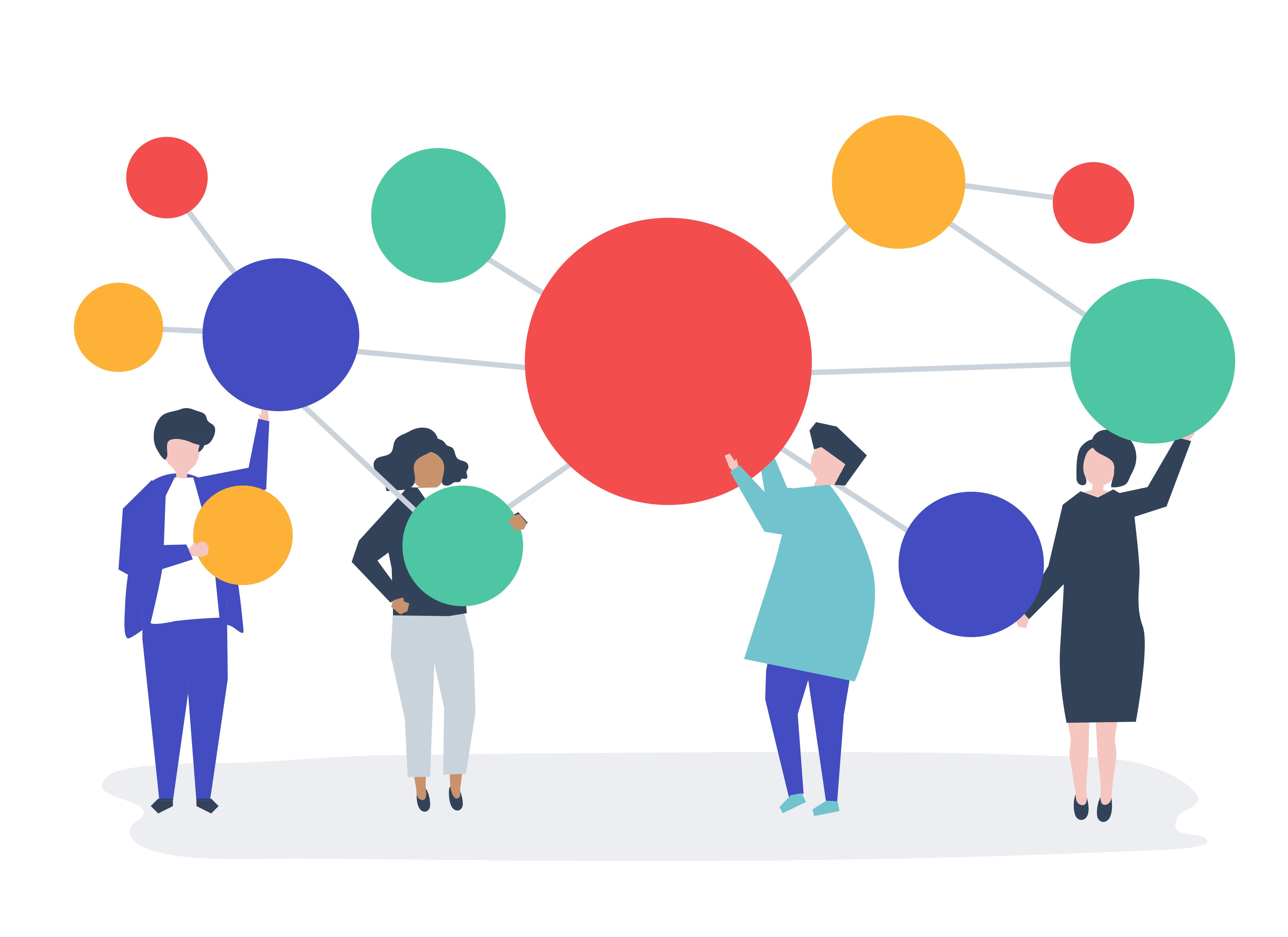
Are you feeling overwhelmed by the endless options for HCM solutions, unsure which features matter most, or how to know if one is truly the best fit for your remote or hybrid workforce? You're not alone. Many HR professionals and business owners face this frustration when trying to navigate the crowded landscape of HR software and workforce management tools.
At Lift HCM, we've helped hundreds of businesses across the U.S. streamline their operations through tailored Human Capital Management (HCM) strategies. We understand that the stakes are high—your ability to efficiently manage payroll, HR, time tracking, and compliance can directly impact employee satisfaction and business growth.
In this article, we'll break down what an HCM solution really is, the essential features to look for, how cloud-based systems support remote teams, and what steps you need to take for a successful implementation. You'll walk away with a clear, confident roadmap to choosing the right HCM platform for your team.
Table of Contents
- Why Choosing the Right HCM Solution is Mission-Critical
- What Is an HCM Solution? (And How It's Different from HR Software)
- The 6 Essential Features Every HCM System Must Have
- Why Cloud-Based HCM is Non-Negotiable for Remote Teams
- Evaluating HCM Solutions: Your 4-Step Success Framework
- Elevate Your Workforce with the Right HCM Partner
Why Choosing the Right HCM Solution is Mission-Critical
In today's hybrid workforce era, manual HR processes and outdated payroll systems simply don't cut it. The cost of inefficiency has never been higher.
The harsh reality: Relying on spreadsheets and disparate tools for a distributed team creates significant operational headaches:
- Costly errors: Data entry mistakes lead to compliance fines averaging $4,000 per incident
- Frustrated employees: 67% of remote workers report difficulty accessing basic HR information
- Productivity drains: HR teams spend 65% of their time on administrative tasks instead of strategic work
- Compliance risks: Manual processes increase audit failures by 300%
The Remote Work Challenge
When your team is spread across locations, physical paperwork and inconsistent processes become major bottlenecks. Time zones complicate approvals. Different state regulations create compliance nightmares. Employee onboarding takes twice as long without streamlined digital workflows.
The solution? A flexible, scalable system that can manage everything from tax filings to time tracking in real time, regardless of where your employees work. This isn't just a nice-to-have—it's mission-critical for business success, ensuring seamless operations, better employee experience, and sustained growth.
What Is an HCM Solution? (And How It's Different from HR Software)
At its core, Human Capital Management (HCM) is an integrated suite of technologies that handles your employees' full lifecycle—from hiring and onboarding to payroll, benefits, and performance management.
The Key Difference
Unlike basic HR software that often focuses only on administrative tasks like employee records or PTO tracking, an HCM solution offers a holistic view of your workforce with interconnected data streams.
Think of it this way: Basic HR software is like a filing cabinet—it stores information. HCM is your entire command center—it processes, analyzes, and automates.
What's Included in a Complete HCM Platform?
A comprehensive HCM solution typically includes:
Core Functions:
- Payroll and tax filing: Automating paychecks, deductions, and tax compliance across multiple states
- Benefits administration: Managing health insurance, retirement plans, and other perks with carrier integration
- Talent acquisition: Streamlining hiring, onboarding, and applicant tracking
- Time and attendance tracking: Recording work hours, managing shifts, and integrating with payroll
Advanced Capabilities:
- Compliance support: Staying up-to-date with labor laws and regulations automatically
- Workforce analytics: Providing data insights into employee performance, trends, and costs
- Employee self-service: Empowering staff to manage their own information and requests
- Mobile accessibility: Full functionality across devices and locations
The magic happens when these components work together seamlessly, creating a unified ecosystem that eliminates data silos and streamlines workflows across departments.
The 6 Essential Features Every HCM System Must Have
Not all HCM platforms are created equal. After helping hundreds of businesses implement these systems, we've identified the features that truly make the difference between frustration and success.
1. Employee Self-Service Portal
Why it matters: Empower your team by letting them access pay stubs, update personal info, and manage benefits—all without emailing HR.
What to look for:
- 24/7 access via web and mobile
- Intuitive interface requiring minimal training
- Document storage and retrieval
- Benefits enrollment and changes
- PTO requests and approvals
The impact: This single feature typically saves HR teams 15-20 hours per week while improving employee satisfaction scores by 35%.
2. Automated Payroll & Tax Compliance
Why it matters: Ensure your platform handles the complexities of paying your team accurately and on time, every time.
Must-have features:
- Multi-state payroll support with automatic tax calculations
- Real-time tax table updates and automatic filings
- W-2 and 1099 generation
- Direct deposit and pay card support
- Garnishment and deduction management
Pro tip: Look for systems that guarantee tax accuracy and provide penalty protection. One payroll error can cost thousands—prevention is worth the investment.
3. Comprehensive Benefits Administration
Why it matters: Your HCM should simplify benefits management for both HR and employees, not complicate it.
Key capabilities:
- Direct integration with major insurance carriers
- Intuitive open enrollment processes
- Real-time deduction tracking and reporting
- COBRA administration
- Flexible benefits options support
4. Smart Time and Attendance Tracking
Why it matters: Accurate time tracking is crucial for payroll accuracy and project costing, especially with hybrid teams working flexible schedules.
Essential features:
- Mobile clock-in/clock-out capabilities
- Geo-fencing for location-specific requirements
- Seamless integration with payroll for automatic calculations
- Overtime and break rule automation
- Project and department tracking
ROI insight: Companies typically see a 25% reduction in time theft and a 40% decrease in payroll processing time.
5. Enterprise-Grade Data Security
Why it matters: Protecting sensitive employee data isn't optional—it's your legal and ethical responsibility.
Security requirements:
- SOC 2 Type II certification minimum
- Data encryption at rest and in transit
- Role-based access controls
- Multi-factor authentication
- Regular security audits and monitoring
- GDPR and privacy regulation compliance
Red flag: If a vendor can't immediately provide their security certifications, keep looking.
6. Actionable Workforce Analytics
Why it matters: Data-driven insights help you make better decisions about your most valuable asset—your people.
Analytics to prioritize:
- Real-time dashboards with key HR metrics
- Custom report builder for specific needs
- Turnover and retention analysis
- Compensation benchmarking
- Compliance tracking and alerts
Bonus Feature: If your HCM doesn't make compliance easier through automated alerts and audit trails, it's not the right fit. The system should proactively help you stay compliant, not just store compliance data.
Why Cloud-Based HCM is Non-Negotiable for Remote Teams
Cloud-based HCM systems aren't just convenient—they're game changers for teams spread across different locations and time zones. Here's why cloud technology has become the foundation of modern workforce management.
The Four Pillars of Cloud HCM Success
1. Universal Access
- HR leaders and employees can securely log in anytime, anywhere, on any device
- Critical for distributed teams needing real-time access to information and processes
- Eliminates the "I can't access that from home" problem
2. Automatic Updates and Maintenance
- No more manual downloads or system downtime for version upgrades
- The provider handles maintenance, ensuring you always have the latest features and security patches
- Tax law changes and compliance updates happen automatically
3. Real-Time Data and Reporting
- Pull workforce analytics and critical HR data on demand
- Enables faster, more informed decision-making
- Collaborative planning becomes possible when everyone sees the same live data
4. Scalable, Cost-Effective Operations
- You only pay for what you use
- System easily scales up or down as your workforce grows or changes
- Avoids expensive infrastructure investments and IT overhead
The Business Impact
Companies that switch to cloud-based HCM typically report:
- 60% reduction in HR administrative time
- 45% faster employee onboarding
- 30% improvement in data accuracy
- 50% decrease in IT support requests
Bottom line: Cloud-based HCM isn't just a trend—it's the future-proof solution for businesses that want to thrive in the modern workplace.
Evaluating HCM Solutions: Your 4-Step Success Framework
Choosing an HCM system doesn't have to feel overwhelming. Follow this proven framework to make a confident decision that serves your business for years to come.
Step 1: Define Your Priorities and Pain Points
Before you even look at vendors, get crystal clear on your business's most critical needs.
Essential questions to answer:
- What's causing the most frustration in your current HR processes?
- Which features are absolute must-haves vs. nice-to-haves?
- What's your realistic budget for the total cost of ownership?
- How quickly do you need to implement and see results?
Pro tip: Involve key stakeholders from HR, Finance, IT, and even employee representatives in this discussion. Their input will help you avoid costly oversights.
Action item: Create a prioritized list with your top 5 must-have features and your top 3 pain points to solve.
Step 2: Create a Systematic Comparison Framework
Develop a scoring system to evaluate vendors objectively across key criteria.
Your evaluation scorecard should include:
| Criteria | Weight | Vendor A Score | Vendor B Score | Vendor C Score |
| Feature Completeness | 25% | |||
| Ease of Use | 20% | |||
| Customer Support Quality | 15% | |||
| Integration Capabilities | 15% | |||
| Total Cost of Ownership | 25% | |||
| Data Security & Compliance | 10% |
Rate each vendor 1-10 on each criterion, multiply by the weight, and calculate total scores for objective comparison.
Step 3: Ask the Right Questions
During vendor conversations, these questions will reveal critical information:
Scalability and Growth:
- How does your system handle rapid employee growth or acquisitions?
- What's the process for adding new locations or states?
- Can you accommodate our specific industry requirements?
Implementation and Support:
- What's your average implementation timeline for companies our size?
- What resources will we need to commit during implementation?
- What does ongoing customer support look like? (24/7 availability, dedicated account manager, etc.)
Technical Integration:
- How well does your platform integrate with [your existing systems]?
- What's your API strategy for custom integrations?
- How do you handle data migration from our current systems?
Security and Compliance:
- What certifications do you maintain (SOC 2, HIPAA, etc.)?
- How do you handle data breaches or security incidents?
- What's your disaster recovery and business continuity plan?
Step 4: Conduct Thorough System Demos
Don't buy without trying. Schedule personalized demos and request access to sandbox environments when possible.
Demo scenarios to test:
- New hire onboarding: Walk through the complete process from offer letter to first day
- Payroll processing: Run a mock payroll with various scenarios (overtime, bonuses, deductions)
- Benefits enrollment: Test the employee experience during open enrollment
- Reporting: Generate the specific reports you need for decision-making
- Mobile experience: Test core functions on smartphones and tablets
Red flags during demos:
- Vendor deflects specific questions or can't show certain features
- System seems slow or clunky
- Demo requires extensive customization to show basic functionality
- Support team can't answer technical questions

Elevate Your Workforce with the Right HCM Partner
Navigating the complexities of Human Capital Management can be effectively handled. The right HCM solution is more than just software—it's a strategic investment that empowers your remote or hybrid workforce, reduces administrative burdens, and enhances compliance. A cloud-based HCM platform is crucial for modern business success, automating payroll and benefits while delivering workforce insights.
Ignoring this issue can be costly, leading to compliance fines, dissatisfied employees, and diminished productivity. By understanding the key features, adopting cloud technology, and following a structured evaluation process, you can select an HCM system that aligns with your business's specific needs and growth trajectory with confidence.
Don't let outdated systems hold your team back any longer. At Lift HCM, we specialize in working with businesses like yours to design and implement customized HCM strategies that produce measurable results. Our expertise in payroll, HR, time tracking, and compliance ensures a seamless transition and ongoing efficiency, allowing you to reclaim valuable time for strategic initiatives, drive innovation, and truly scale your company's potential.
👉 Schedule a Personalized Consultation with Lift HCM Today!
Caitlin Kapolas is a results-driven professional with a strong background in account management and retail. She is dedicated to improving client experiences and building lasting relationships. Caitlin excels in identifying client needs, resolving issues, and implementing customized solutions that drive value. Her effective communication skills ensure high client satisfaction and loyalty, making her a trusted advisor and partner in meeting client needs with precision and professionalism.






